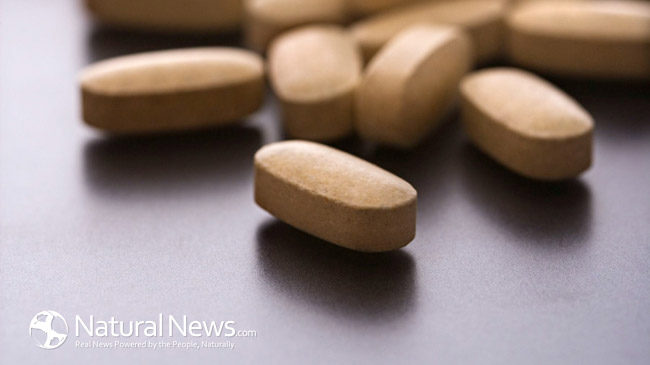There seems to be a common thought that vitamin B12, which helps keep the body’s nerve and blood cells healthy, can only be obtained by eating animal-derived foods. Consumption of anything from beef and shrimp to dairy products like cheese, are often the first suggestions given to those who are low in the essential vitamin.
However, there’s an interesting fact about B12: animals don’t make it. At the same time — and many people already are aware of this — neither do plants. Animals get their vitamin B12 from eating foods contaminated with vitamin B12, providing the animal with it and in turn, making them an indirect source of the vitamin. Likewise with plants. Yes, you heard correctly: contamination. Microorganisms, primarily bacteria and fungi, are the only organisms which can produce vitamin B12. Others use the term “residue bacteria.”(1,2)
It used to be that such bacteria might find their way on growing vegetables, which was consumed. Animals’ feces also contained it and since manure is helpful in growing crops . . . you see the cycle.
40 Percent of Most People Have A Vitamin B12 Deficiency. Why?
Why then do 40% of people aged 26-83 have B12 levels in the low-normal range? More people are learning that their levels are low, or teetering dangerously close to it.(1)
The answer, which one might have already guessed, is that technological and chemical processes are depleting it.
Our society is one of pesticides and artificiality, filled with harsh cleansers, antibiotics and over-sanitization, all of which removes us from the richness that the good Earth naturally provides. If only we can let it be. But, sadly, it would appear that the vast majority can not, and so, vegetables and soil that once harbored the helpful microorganisms that gave us decent levels of vitamin B12 are hard to come by.
Hence, our low levels.
Now the good news: there are ways to obtain the vitamin.
Tips to Obtain Vitamin B12 In Your Diet
1. Eat Nutritional Yeast
Saccharomyces cerevisiae, more commonly known as nutritional yeast, is a food yeast that’s grown on a molasses solution. It comes in the form of yellow flakes or powder and has a distinct cheesy flavor, making it a great way to add flavor to all kinds of meals. More importantly, typically a couple of teaspoons of the flakes is enough to satisfy a healthy adults recommended daily allowance (RDA) of 2.4 micrograms daily.(2)
2. Choose Crimini Mushrooms
While one cup provides a mere 3 percent of vitamin B12, we’re believers that everything counts when it comes to helping health, so eating these mushrooms certainly can’t hurt. It’s something, right? According to the World’s Healthiest Foods web site, these mushrooms are interestingly the only ones they rank as a non-animal derived food source for B12.(3)
3. Go Organic
If you haven’t already (and I hope you have a long, long time ago) choose organic foods. They’re grown without harsh and dangerous chemicals, helping to ensure that the soil and foods maintain their nutrients and overall quality. This is always a good habit, B12 deficiency or not!
Sources for this article include:
(1) http://www.collective-evolution.com/
(2) http://www.vrg.org/nutrition/
(3) http://www.whfoods.com/





